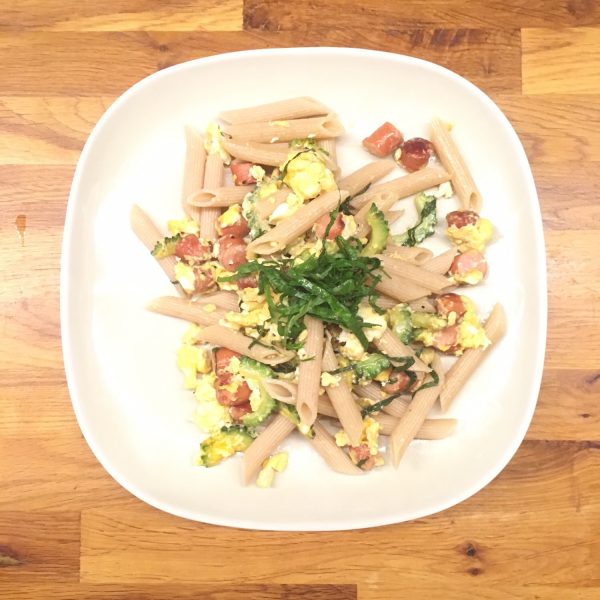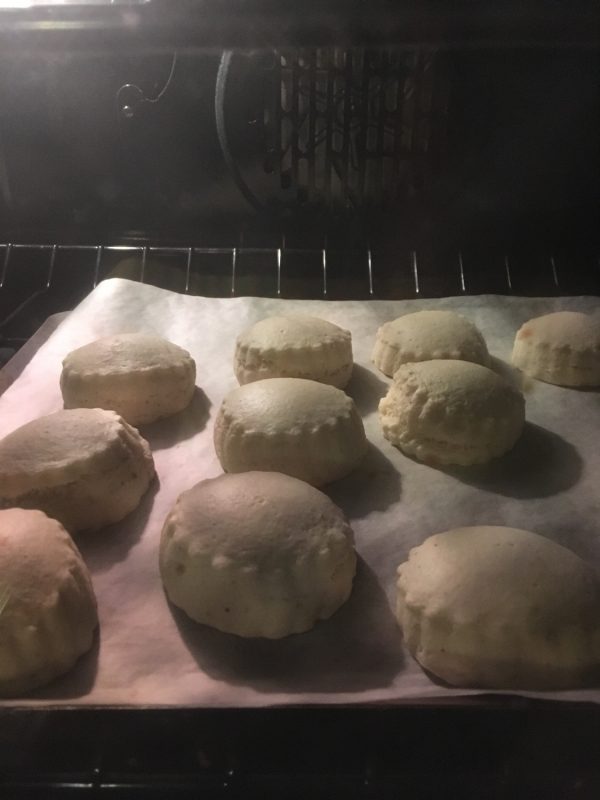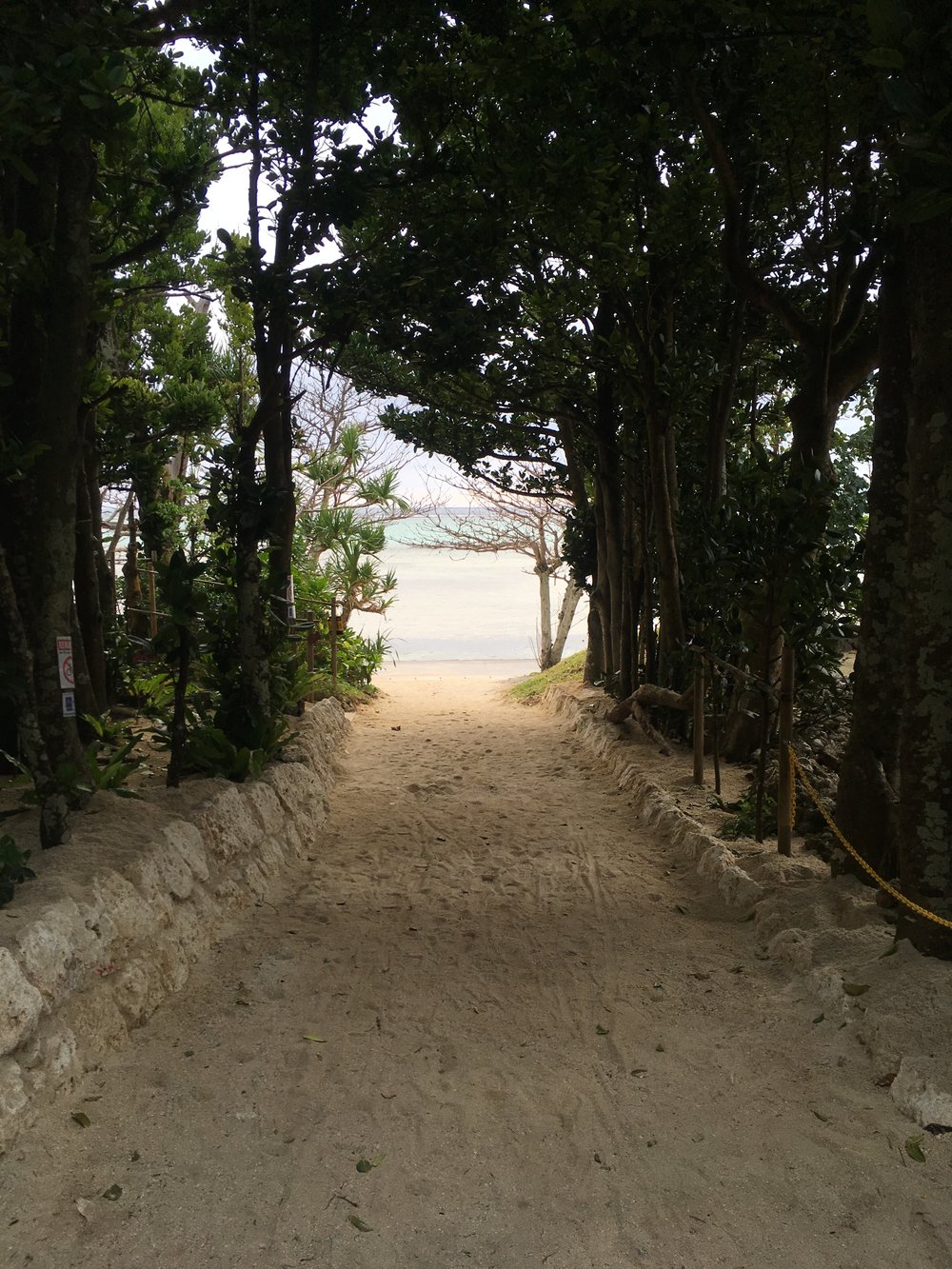In Okinawa cuisine they use a lot of pork meat and of goya, a bitter melon. Goya in Okinawa is delicious, but goya is a vegetable I never buy in Tokyo, because the ones you find in supermarkets are usually horribly bitter and hard (I did try a few times a long time ago…). There are a few tricks to remove the bitterness but normally you shouldn’t even need it… When someone give me one from their garden they are usually very delicious and not bitter at all, then I am more than happy to cook it. And one of the most classic recipe is goya chapuru ゴヤチャンプル. A traditional recipe from Okinawa with goya, tofu, pork meat and eggs. Sometimes moyashi (sprouted soya beans) are added… the pork meat is usually thin slices of pork belly or ribs, or in cheap version Spam. And it is seasoned with sesame oil usually but not always.
Since I received a beautiful goya And it’s been a really long time I haven’t I was really happy to cook it. With the heat and beautiful weather an Okinawa style preparation was perfectly adequate. Except that I didn’t have tofu and wanted some carbs to make the meal nourishing. I opted for a version of whole wheat penne with a goya, sausage and eggs preparation very similar to goya chanpuru. I used olive oil though rather than sesame oil. I simply cut the sausages in bites, grilled them in a frypan slightly greased, then added the goya, halved and sliced (and the seeds removed) and once they have soften with the heat I had 4 eggs beaten and stir regularly. I served it on top of the boiled penne and added olive oil, salt and pepper to finish.





